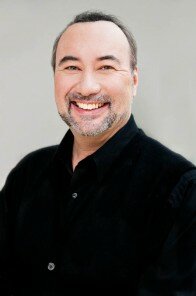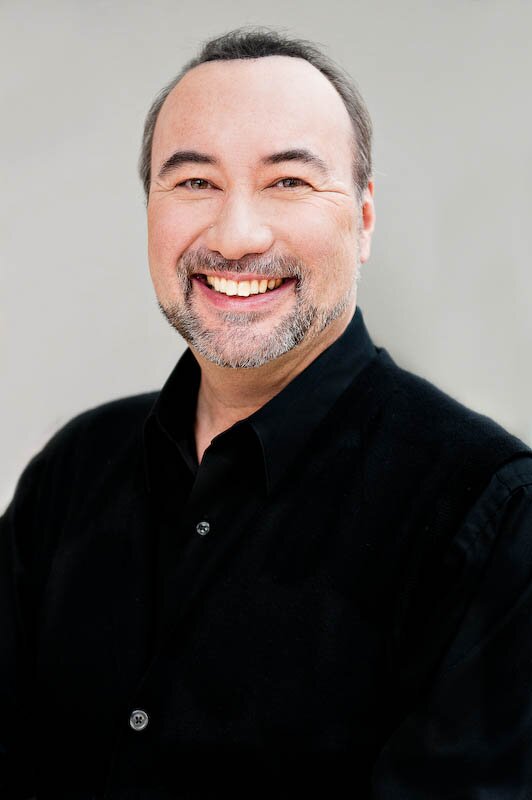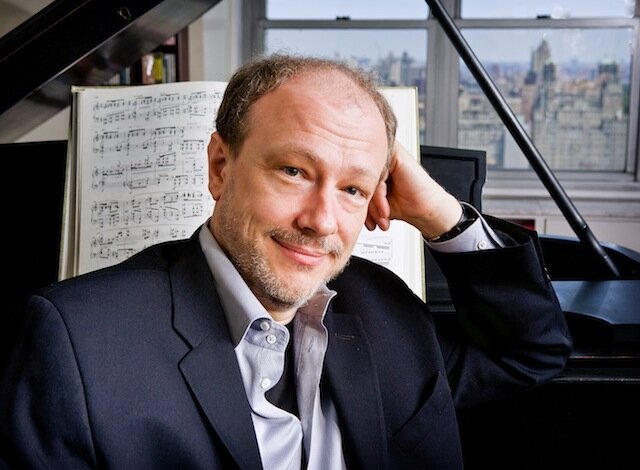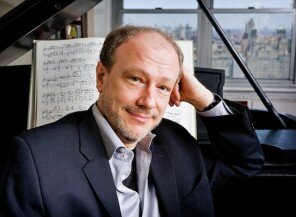
The piano has always been a part of Seattle Chamber Music Society’s Summer Festival (through July 29; tickets) and in both Monday and Tuesday’s programs this week, every work has included it. This may be in part because two well-known Canadian pianists are performing, Marc-André Hamelin and Jon Kimura Parker. Hamelin is a newcomer to the festival. Parker is returning after an absence of several years.
The piano line up this week also includes Jeewon Park, here with her husband, cellist Edward Arron, and the two gave the pre-concert recital of Rachmaninov’s Sonata in G Minor. Composed in 1900, Arron described it as a romantic refutation of those who had decided all melody had already been written and were heading in different musical directions.
Romantic it certainly is, and in Arron’s hands it was almost a love letter to his wife, his playing was so expressive, so warm, so rich, so tender. Throughout the work his cello sang and soared perfectly together and in balance with the piano part. Park for her part stayed easily on top of the busy piano role, with long lyrical phrases and many beautiful moments, though when the music required fast fortes, her hands seemed to lose their flexibility and became more rigid, detracting from the phrase-shaping.
The same happened in the first work of the concert itself, Mozart’s Sonata in A Major, K. 305, for violin and piano which she performed with violinist Andrew Wan. This was rather heavy-handed Mozart. I’d have liked it lighter with more elegant restraint. Wan plays a 1744 Bergonzi instrument from a couple of decades before the sonata was written, but he didn’t allow the instrument to sing, constraining its sound rather than releasing it to bloom.
Fauré’s Piano Quartet No. 2 in G Minor departs from his often subtle style, being forceful, almost violent at times except for the calmly beautiful adagio. Played by violinist and Society artistic director James Ehnes, violist David Harding, cellist Arron, and pianist Hamelin, it could be wondered if in 1921 Fauré is writing a response to his thoughts on the first World War. The players gave it intense energy and a full sound, Hamelin nearly overwhelming the strings several times with the power of his part. Fauré gives the viola many opening phrases so that Harding’s fine tone could be heard easily. The swirling tempest that is the last movement turns into a fast flow of inexorable forward motion with eddies, to which the musicians gave full rein.
Given the importance of the double bass in Schubert’s Quintet for Piano and Strings, the “Trout,” it’s surprising how few chamber works include it. It anchors the entire work’s carefree lightness, a state which embodied the performance given by violinist Augustin Hadelich, violist Erin Keefe, cellist Bion Tsang, bass Jordan Anderson, and pianist Parker. It’s impossible to be bored with this entrancing and familiar piece of music, which contains a profusion of inspired moments one after another. The five performers kept the joy, exuberance and vitality to the fore without ever allowing the music to bog down in weight. It was a stellar performance, enthusiastically appreciated by the capacity audience at Nordstrom Recital Hall.


